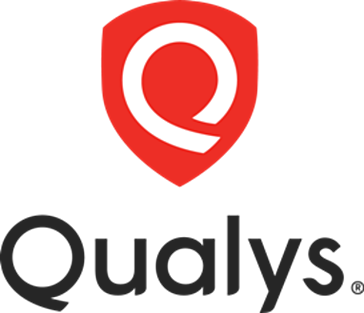Freshservice and Qualys integration
Save yourself the work of writing custom integrations for Freshservice and Qualys and use n8n instead. Build adaptable and scalable Productivity, workflows that work with your technology stack. All within a building experience you will love.

How to connect Freshservice and Qualys
Create a new workflow and add the first step
In n8n, click the "Add workflow" button in the Workflows tab to create a new workflow. Add the starting point – a trigger on when your workflow should run: an app event, a schedule, a webhook call, another workflow, an AI chat, or a manual trigger. Sometimes, the HTTP Request node might already serve as your starting point.
Build your own Freshservice and Qualys integration
Create custom Freshservice and Qualys workflows by choosing triggers and actions. Nodes come with global operations and settings, as well as app-specific parameters that can be configured. You can also use the HTTP Request node to query data from any app or service with a REST API.
Freshservice supported actions
Create
Create an agent
Delete
Delete an agent
Get
Retrieve an agent
Get Many
Retrieve many agents
Update
Update an agent
Create
Create an agent group
Delete
Delete an agent group
Get
Retrieve an agent group
Get Many
Retrieve many agent groups
Update
Update an agent group
Get
Retrieve an agent role
Get Many
Retrieve many agent roles
Create
Create an announcement
Delete
Delete an announcement
Get
Retrieve an announcement
Get Many
Retrieve many announcements
Update
Update an announcement
Create
Create an asset type
Delete
Delete an asset type
Get
Retrieve an asset type
Get Many
Retrieve many asset types
Update
Update an asset type
Create
Create a change
Delete
Delete a change
Get
Retrieve a change
Get Many
Retrieve many changes
Update
Update a change
Create
Create a department
Delete
Delete a department
Get
Retrieve a department
Get Many
Retrieve many departments
Update
Update a department
Create
Create a location
Delete
Delete a location
Get
Retrieve a location
Get Many
Retrieve many locations
Update
Update a location
Create
Create a problem
Delete
Delete a problem
Get
Retrieve a problem
Get Many
Retrieve many problems
Update
Update a problem
Create
Create a product
Delete
Delete a product
Get
Retrieve a product
Get Many
Retrieve many products
Update
Update a product
Create
Create a release
Delete
Delete a release
Get
Retrieve a release
Get Many
Retrieve many releases
Update
Update a release
Create
Create a requester
Delete
Delete a requester
Get
Retrieve a requester
Get Many
Retrieve many requesters
Update
Update a requester
Create
Create a requester group
Delete
Delete a requester group
Get
Retrieve a requester group
Get Many
Retrieve many requester groups
Update
Update a requester group
Create
Create a software application
Delete
Delete a software application
Get
Retrieve a software application
Get Many
Retrieve many software applications
Update
Update a software application
Create
Create a ticket
Delete
Delete a ticket
Get
Retrieve a ticket
Get Many
Retrieve many tickets
Update
Update a ticket
Supported API Endpoints for Qualys
List Assets
Fetches a list of all assets.
Create Asset
Creates a new asset.
Get Asset
Fetches details of a specific asset by ID.
Update Asset
Updates a specific asset by ID.
Delete Asset
Deletes a specific asset by ID.
List Scans
Fetches a list of all scans.
Launch Scan
Launches a new scan.
Get Scan
Fetches details of a specific scan by ID.
Update Scan
Updates a specific scan by ID.
Delete Scan
Deletes a specific scan by ID.
List Reports
Fetches a list of all reports.
Generate Report
Generates a new report.
Get Report
Fetches details of a specific report by ID.
Update Report
Updates a specific report by ID.
Delete Report
Deletes a specific report by ID.
List Policies
Fetches a list of all policies.
Create Policy
Creates a new policy.
Get Policy
Fetches details of a specific policy by ID.
Update Policy
Updates a specific policy by ID.
Delete Policy
Deletes a specific policy by ID.
To set up Qualys integration, add the HTTP Request node to your workflow canvas and authenticate it using a predefined credential type. This allows you to perform custom operations, without additional authentication setup. The HTTP Request node makes custom API calls to Qualys to query the data you need using the URLs you provide.
Take a look at the Qualys official documentation to get a full list of all API endpoints
Freshservice and Qualys integration details
FAQ
Can Freshservice connect with Qualys?
Can I use Freshservice’s API with n8n?
Can I use Qualys’s API with n8n?
Is n8n secure for integrating Freshservice and Qualys?
How to get started with Freshservice and Qualys integration in n8n.io?
Looking to integrate Freshservice and Qualys in your company?
The world's most popular workflow automation platform for technical teams including
Why use n8n to integrate Freshservice with Qualys
Build complex workflows, really fast


